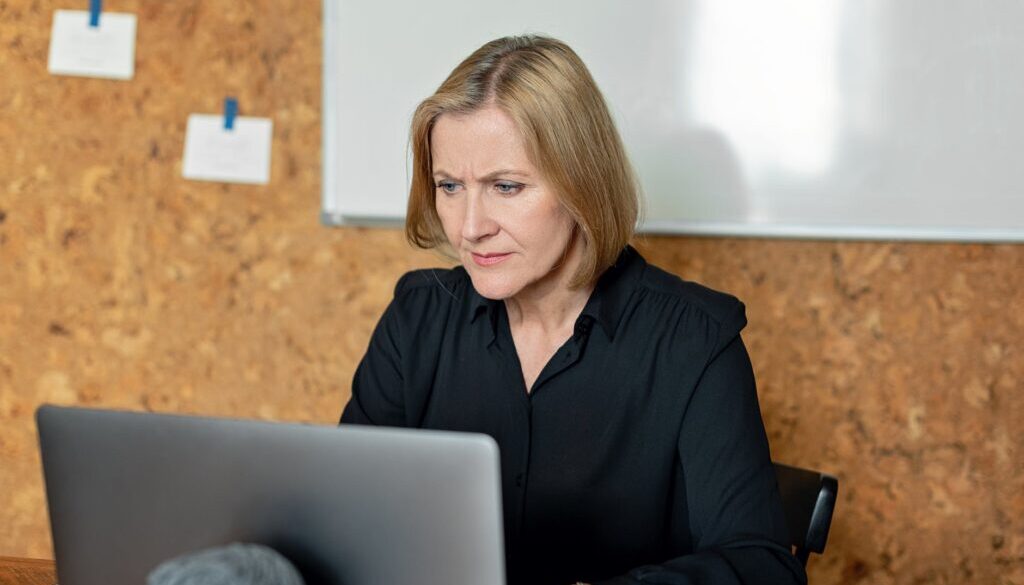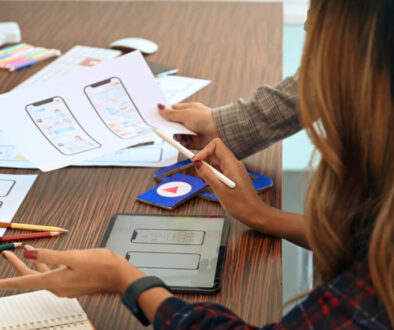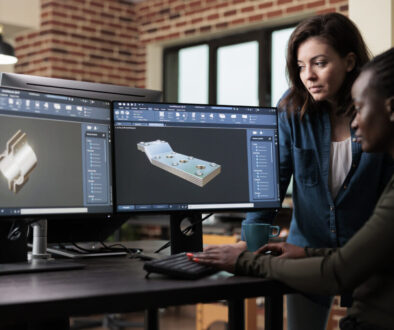Introduction
In a world brimming with options and information, capturing attention and forging meaningful connections has become an art form. Enter experience design, a discipline that combines creativity, psychology, and innovation to craft moments that resonate deeply with individuals. In this extensive exploration, we delve into the realm of experience design, uncovering its essence, impact, and the magic that transpires where creativity meets connection.
The Essence of Experience Design
At its core, experience design is about shaping interactions, whether they occur in a physical space, a digital interface, or the merging of both. It transcends the confines of traditional design by intertwining aesthetics, functionality, and emotional resonance. The goal is to not only create visually appealing and usable designs but also to evoke emotions, tell stories, and establish relationships that stand the test of time.
Crafting Emotional Journeys
**1. *Emotion-Centric Approach:*
The heartbeat of experience design lies in understanding and harnessing emotions. By identifying the feelings you want to evoke, experience designers can curate every element – from colors and typography to animations and sound – to provoke a specific emotional response.
**2. *Storytelling Through Design:*
Stories have an innate ability to captivate and leave a lasting impression. Experience designers leverage narrative elements to guide users through a journey, transforming interactions into immersive narratives that engage on both intellectual and emotional levels.
**3. *User Empathy and Insights:*
User-centered design is the cornerstone of impactful experiences. Designers delve into user personas, behaviors, and needs, allowing them to create designs that not only meet functional requirements but also resonate with users on a personal level.
Domains of Experience Design
**1. *Digital Experiences:*
In the digital realm, experience design takes form through intuitive user interfaces (UI) that guide users seamlessly while resonating emotionally. It encompasses websites, apps, and interactive platforms that bring brands and users closer together.
**2. *Physical Spaces:*
Spatial design shapes environments to evoke specific feelings and encourage certain behaviors. From retail stores to exhibitions, experience designers curate spaces that amplify the desired emotional connection.
**3. *Branding and Identity:*
Experience design permeates brand identities, encompassing logos, packaging, and visual assets. The way a brand is visually represented contributes to the emotional associations consumers form.
**4. *Product Experiences:*
The experience of using a product goes beyond functionality. It extends to tactile sensations, usability, and emotional attachment, influencing how users perceive the product.
Impact and Measurement
Measuring the impact of experience design extends beyond traditional metrics. While analytics offer insights, the real success lies in the lasting impression, the shareability, and the emotional connection forged with users. When users remember an experience, engage with it passionately, and share it enthusiastically, the design has achieved its desired impact.
Challenges and the Road Ahead
Designing experiences is a multidimensional challenge. It requires a deep understanding of human psychology, cultural nuances, and the evolving technological landscape. As technology continues to evolve, experience designers will explore the potential of augmented reality (AR), virtual reality (VR), artificial intelligence (AI), and interactive storytelling to shape more immersive and dynamic encounters.
Conclusion
Designing experiences is a journey that goes beyond the visual and functional. It’s about crafting moments that linger in the hearts and minds of users, forging emotional connections that transcend transactional interactions. By merging creativity, psychology, and innovation, experience designers create the bridge between brands and individuals, encapsulating the essence of human connection in every interaction. As technology advances and design continues to evolve, the magic that happens where creativity meets connection will continue to shape how we perceive, engage with, and remember the world around us.









